We perform puja each day during this fortnight because it is the Divine Period. The final day as well as Sharad Purnima/Kojagiri Poornima is today. Each Poornima (full moon) is linked to a momentous historical occurrence. The full moon day known as Buddha Poornima in the Hindu month of Vaishakh (which typically falls in April or May) commemorates the birth, enlightenment, and attainment of Mahasamadhi by the historical Gautama Buddha.
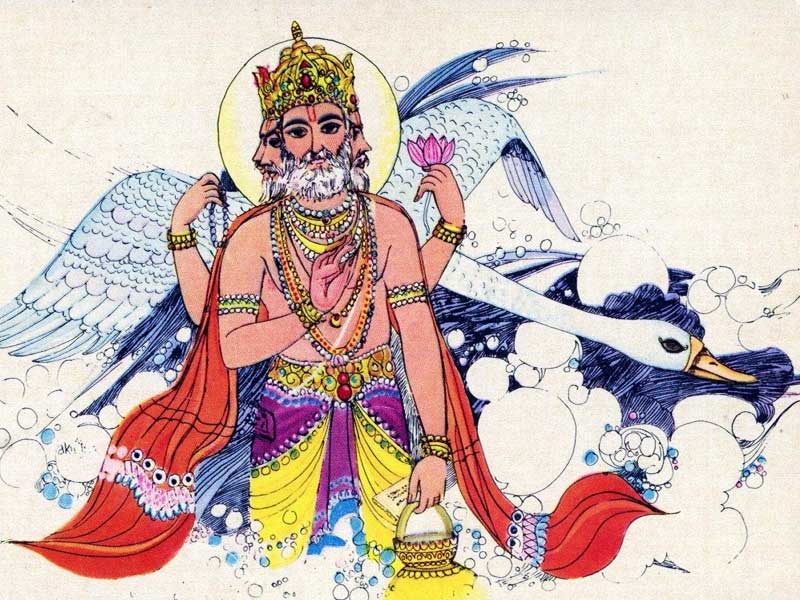
The following Poornima honors Rishi Vyasa. Both the material and the spiritual realms were under the control of Sage Vyasa. He was familiar with both worldly and spiritual customs. Veda Vyasa organized all knowledge, and he was knowledgeable about all knowledge. The day on which all the Masters of all traditions are revered is known as Guru Poornima. The most recent full moon honors Anant, or infinity. celebrating infinity, which has no limits, beginnings, or ends.

The following Purnima honors Rishi Vyasa. Both the material and the spiritual realms were under the control of Sage Vyasa. He was familiar with both worldly and spiritual customs. Veda Vyasa organized all knowledge, and he was knowledgeable about all knowledge.
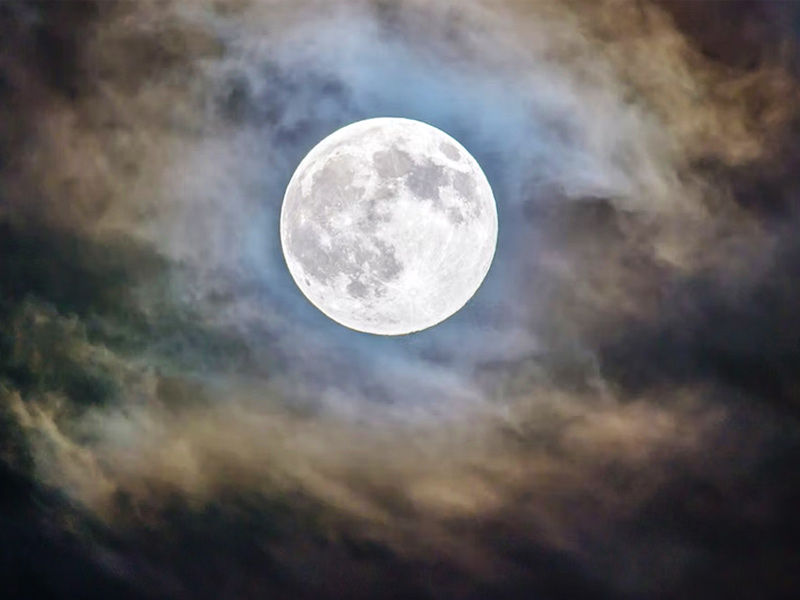
The day on which all the Masters of all traditions are revered is known as Guru Poornima. The most recent full moon honors Anant, or infinity. Celebrating infinity, which has no limits, beginnings, or ends. The moon is devoted to beauty as well. The largest moon is shining brightly, and the sky is clear. The moon and our minds are intertwined. The mind is also full when the moon is full. The celebration will continue with the high energy that the day has to offer. However, this energy must be directed.
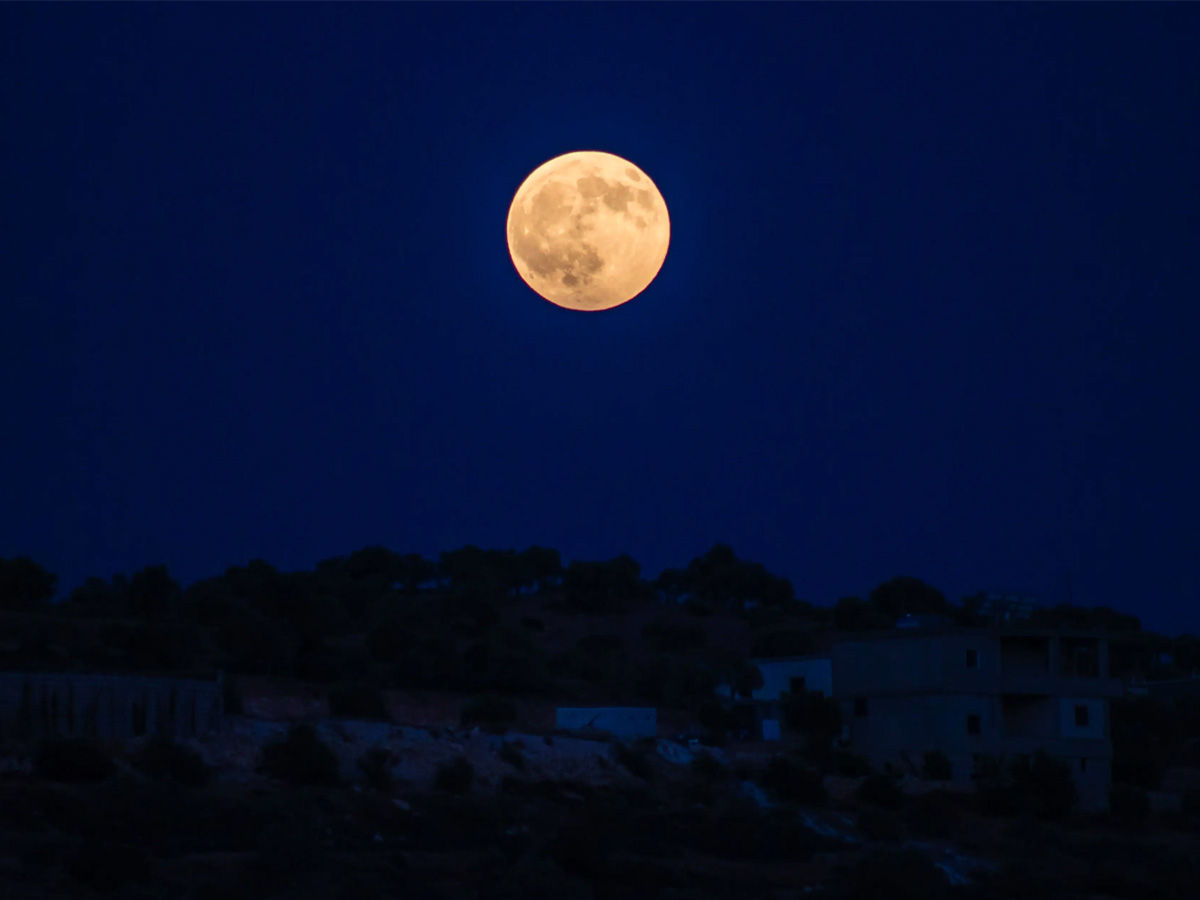
According to the Hindu calendar, Sharad Purnima is one of the most fortunate Full Moons or Purnima. Goddess Lakshmi is honored on this day. Sharad Purnima, also known as Raas Purnima in the Brij region, falls on the Full Moon Day of the Hindu lunar month of Ashvin and is a celebration of Lord Krishna.
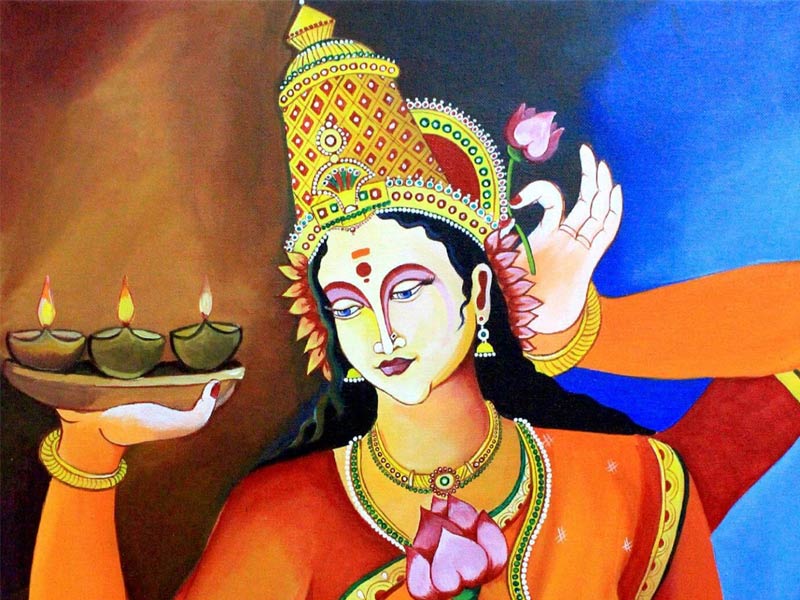
After taking a holy dip in the river, devotees pray to God for the family’s happiness and prosperity. They observe quickly and make “Kheer.” On Sharad Purnima, Maa Lakshmi is said to visit the earth and bestow blessings on those who invoke her at night.
Keeping kheer under the moonlight
Kheer, which has been made as a Prasad for Sharad Purnima, is kept under the light of the moon on this day for a variety of reasons. The moon’s light is thought to bring blessings from the gods, according to devotees.
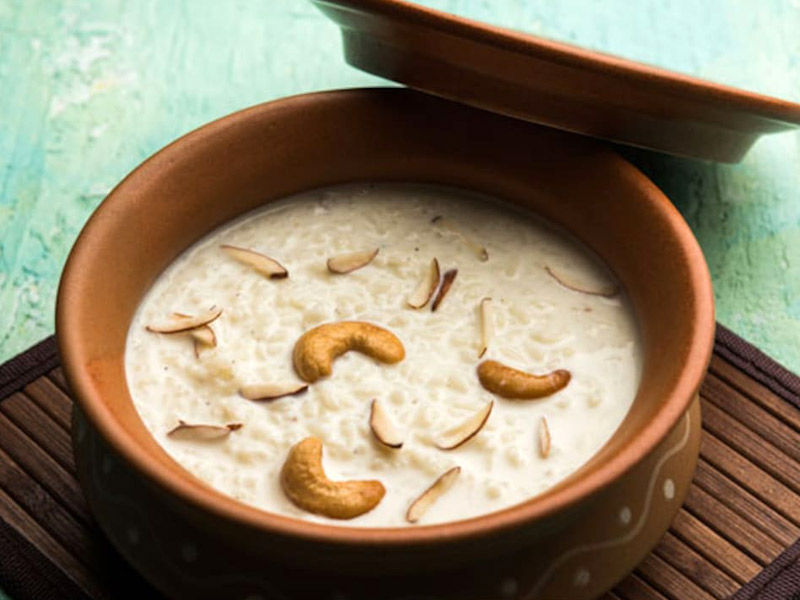
Scientifically speaking, however, letting the Kheer sit in the moonlight for a while restores the lactic acid necessary for the growth of good bacteria. It is also thought that milk’s qualities are improved and made healthier by the moon’s rays.
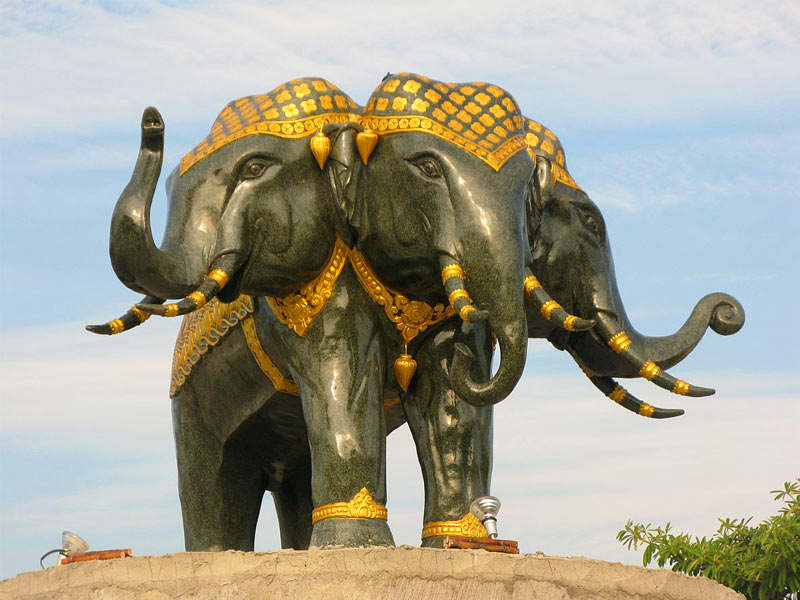
Various regions of the nation observe this day in different ways. Unmarried women in Odisha observe a fast on this day of the prevailing belief that they will find a husband. Aarti is performed after maidens welcome the sun god at the crack of dawn with a coconut-leaf-made vessel filled with fried paddy containing seven different fruits, including coconut, banana, cucumber, betel nut, sugar cane, and guava.
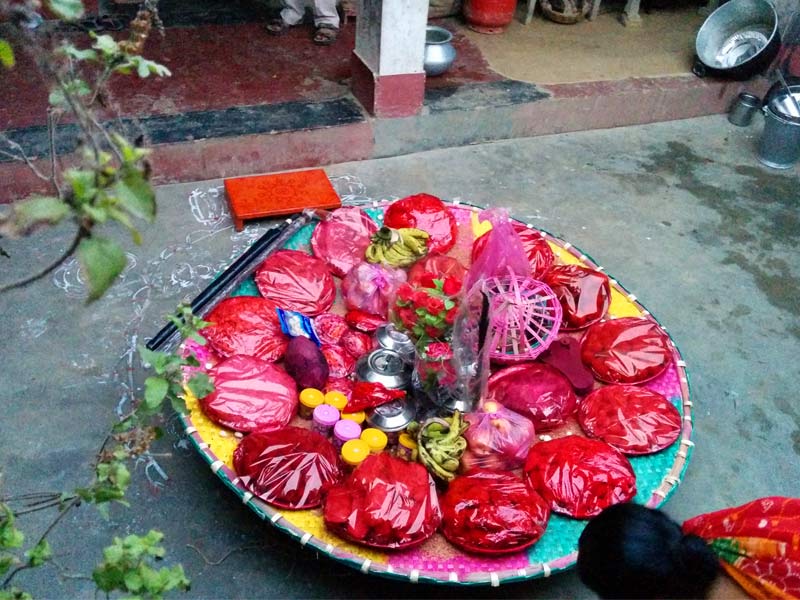
They prepare a dish to offer the moon god in front of the ‘tulsi’ plant in the evening to break their fast, which includes the fried paddy from the morning along with the fruits, curd, and jaggery. Afterward, under the light of the full moon, maidens engage in games and music. Garba is performed under the light of the moon in many areas of Gujarat.
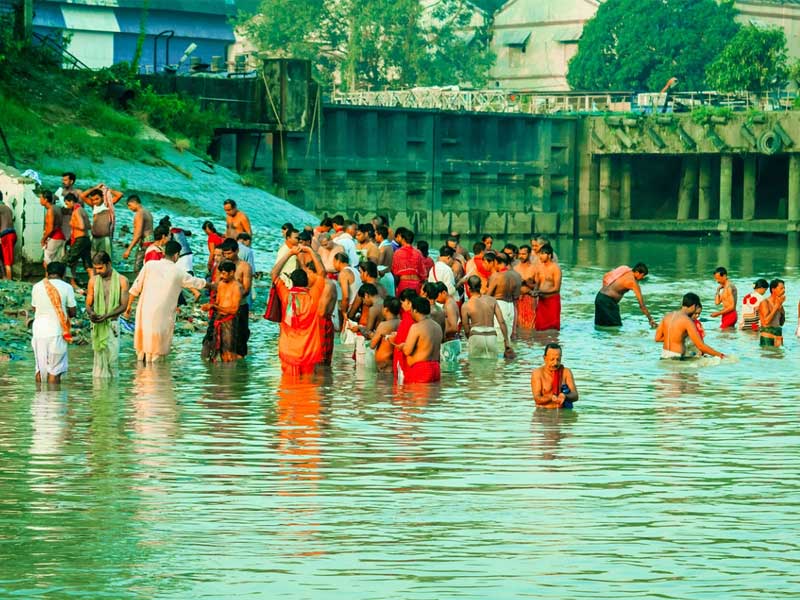
Also, Read The story of Ravana: The magnificent legend we all must know
The Kojagara Vrata is observed during the Kojagari Purnima. This Vrata is performed by people in the moonlight after a day of fasting. This day is a major day of worship for Lakshmi, the Hindu goddess of wealth, as it is thought to be her birthday. Indra, the Rain God, and Airavata, his elephant, are also revered.

The raas (a type of dance) of Radha Krishna are said to occur on the night of Sharad Purnima, along with their gopis. Lord Shiva has assumed the form of Gopeshwar Mahadev to take part in this divine raas. The Linga Purana, the Skanda Purana, and the Brahma Purana all provide vivid descriptions of this night. On this full moon night, it is also thought that Goddess Lakshmi comes to Earth to observe how people behave.



























